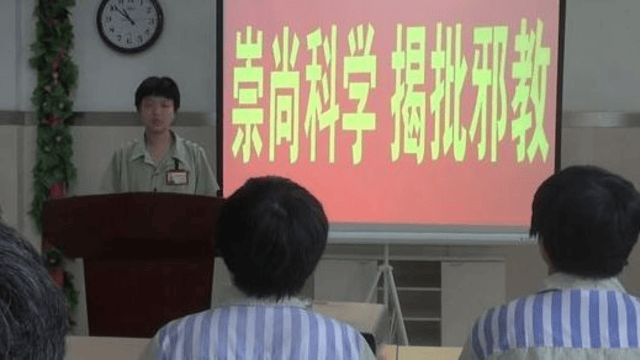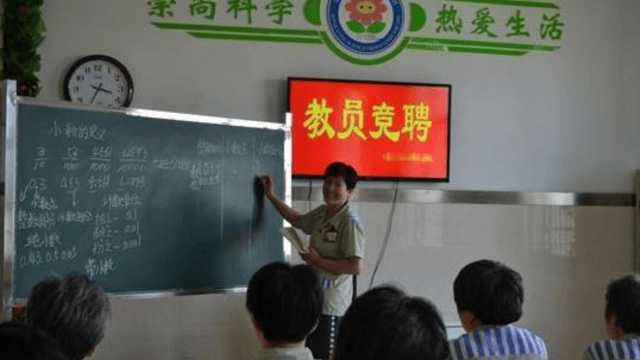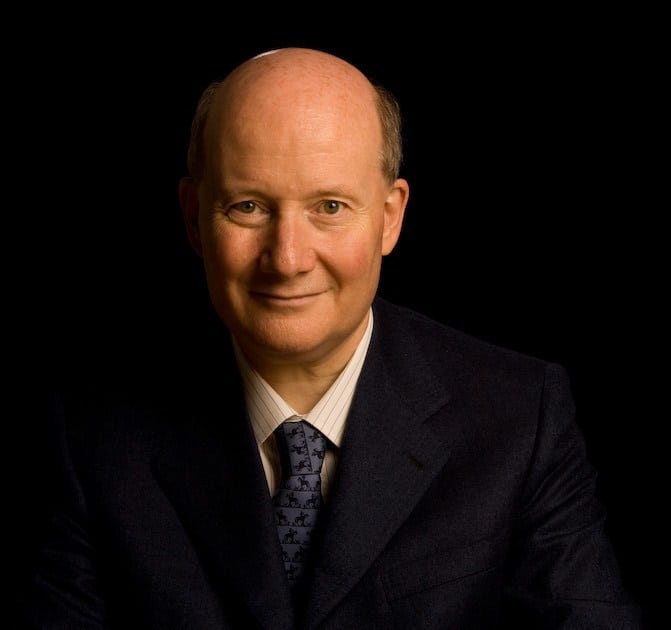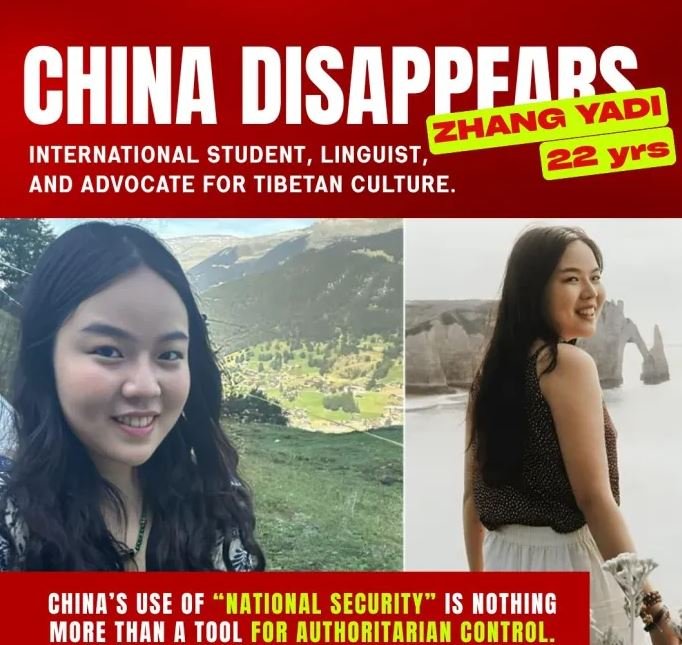Today it is clear to scholars and to those who read the documents that The Church of Almighty God was not responsible for the homicide. But some still repeat the old fake news.
by Massimo Introvigne
Article 6 of 6. Read article 1, article 2, article 3, article 4, and article 5.

It is clear that the Chinese regime used the McDonald’s incident to intensify its persecution of The Church of Almighty God, even if the church was not responsible of the homicide and the Lü Yingchun–Zhang Fan group was not part of its organization.
The CAG’s immediate answer, before the details of the case became known, was that the CCP had manipulated some “psychopaths” to commit the murder and used it as a justification for cracking down on the church (and, at the same time, on several Christian house churches). “The CCP is the killer and the real sinner” was the accusation on one of the CAG’s websites.
Some human rights activists made similar comments. One of them, Xin Shuyan, commented, “After the murder case in Zhaoyuan, Shandong Province, the CCP used the incident to conduct a comprehensive repression on the CAG. It was reported that at least 1,500 innocent members of the Church were arrested. The CCP’s campaign-like practice of law enforcement was really a destruction of the rule of law. Why did they carry out the campaign to suppress the ‘cult’? There must be ulterior motives. The CCP’s intention was simply to conceal the social crisis and to divert public opinion. Thus, they laid blame on the religious groups.”
While the CCP’s motivations may be interpreted in different ways, it is clear that it did exploit the murder to justify its persecution of the CAG and made it the center of a successful international campaign of fake news. Perhaps serious efforts by scholars to understand what exactly happened in Zhaoyuan in 2014 would lead to a sober assessment of what remains a terrible tragedy.
Or perhaps not. After a number of scholarly articles were published in 2017, the matter should have been laid to rest. Periodically, however, the CCP tries to revive the dead horse of the McDonald’s case. Zhang Fan was executed in 2015, but Lü Yingchun, who vehemently denied any association with the CAG, and Zhang Fan’s younger sister, who stated during the trial that she “did not believe very devoutly” remained in jail after the trial. Chinese media reported that both were successfully “reeducated” in jail, participated in competitions for the best criticism of xie jiao, and were rewarded with sentence reductions.

The long articles published by the Chinese media, including “China Youth Daily,” the newspaper of the Communist Youth League of China, illustrated by pictures of Lü Yingchun and Zhang Hang denouncing the xie jiao before their fellow inmates and participating in jail competitions and performances, are interesting in their own way. They mirror the Western language of deprogramming, yet even after their successful “reeducation” the two women still did not state that they had been members of the CAG. “China Youth Daily” reported that Zhang Qiaolian was also involved in the “reeducation” process, but apparently, she had not much to say to the media. After all, she had converted to the movement only eight days before the McDonald’s murder.
The name Almighty God is repeated obsessively in the articles telling the story of the assassins’ “reeducation,” with the clear intent of reiterating the association between the McDonald’s murder and the CAG. Yet the most the authorities could extract from Lü Yingchun and Zhang Hang after years of intensive deprogramming was that both Lü and the late Zhang Fan had read some CAG books. However, despite her time in jail, Zhang Hang still maintained that their faith was that God had returned to Earth in the dual person of her sister and Lü, a belief obviously very different from the CAG’s.
Zhang Hang also mentioned that her sister met Lü in “an Internet forum on Almighty God,” which was the crucial encounter for the formation of their group. We know, however, from Zhang Fan’s trial testimony and interviews that this was a group where Lü spread her ownmessianic claims, which again were clearly incompatible with CAG theology. This means that the “Internet forum on Almighty God” was not related to the CAG.

Lü reported she encountered information about the CAG in 1998, yet she maintained that in the same year she was already claiming that she was the “firstborn son of God.” She also says that from a “very young age” she realized she “was as perfect as God”. In the same article, jail personnel recalled that, when she arrived in the prison, Lü expressed her religious beliefs in these terms: “I and Zhang Fan, we have the attributes of God, we are God himself.” Certainly these grandiose beliefs about themselves would not have allowed Lü and Zhang Fan to become members of the CAG, and indeed would have been regarded as blasphemous by any CAG member in good standing.
The “China Youth Daily” article explained that the “reeducation” of Lü was by no means easy. She collapsed when she learned that Zhang Fan had been executed. It was crucial to the group’s faith that “Zhang Fan, who was ‘the firstborn son,’ would not die and would enter the spiritual world from the flesh.” Once again, this belief in the exalted spiritual role of Zhang Fan is not compatible with CAG theology.
Zhang Hang had it right when she stated that Lü had “her own theory of ‘Almighty God’” (meaning, obviously, one different from the CAG’s). Lü believed that she was “the eldest son of God,” “the Imperial Son” with absolute authority (although later she became willing to share her divine privileges with Zhang Fan), and ended up building a small “self-contained group” with the few who believed in her claims to divinity.
All this notwithstanding, from time to time the CCP still tries to attribute the homicide to the CAG. A 2018 article in China’s main anti-cult website quoted as reliable sources the BBC and other Western media, conveniently forgetting that it had fed the fake news to them in the first place. It was an interesting case of “fake news about fake news,” although after I pointed out the strange circle in an article in the scholarly “Journal of Religion and Violence,” the article was taken down from the Chinese anti-cult website.
Some Western fellow travelers of the CCP even insist that it was “Bitter Winter” or “Massimo Introvigne” who created a campaign claiming that the CAG was not responsible for the McDonald’s murder. This is just more fake news. The dates refuse to cooperate. The evidence that the CAG did not kill Wu Shuoyan and another, different religious movement was responsible for the homicide was collected and published by the reporters of “Beijing News” in 2014, four years before “Bitter Winter” was founded and before any Western scholar had started writing about the McDonald’s murder.
Ten years after the murder of the poor Wu Shuoyan, no serious scholar would argue that the crime was perpetrated by the CAG. Although toxic and paranoid, the Lü Yingchun-Zhang Fan group was so small that it may be considered a mere footnote in the history of Chinese new religious movements. By contrast, the CCP propaganda operation falsely accusing the CAG of the murder is not a footnote but a key passage in the history of Chinese disinformation and fake news targeting minority religions.

Massimo Introvigne (born June 14, 1955 in Rome) is an Italian sociologist of religions. He is the founder and managing director of the Center for Studies on New Religions (CESNUR), an international network of scholars who study new religious movements. Introvigne is the author of some 70 books and more than 100 articles in the field of sociology of religion. He was the main author of the Enciclopedia delle religioni in Italia (Encyclopedia of Religions in Italy). He is a member of the editorial board for the Interdisciplinary Journal of Research on Religion and of the executive board of University of California Press’ Nova Religio. From January 5 to December 31, 2011, he has served as the “Representative on combating racism, xenophobia and discrimination, with a special focus on discrimination against Christians and members of other religions” of the Organization for Security and Co-operation in Europe (OSCE). From 2012 to 2015 he served as chairperson of the Observatory of Religious Liberty, instituted by the Italian Ministry of Foreign Affairs in order to monitor problems of religious liberty on a worldwide scale.


